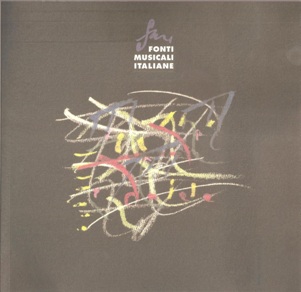Uno sconosciuto libretto de «La Dirindina»
Abstract
An unknown libretto of «La Dirindina»
Girolamo Gigli’s La Dirindina, set to music by Domenico Scarlatti, was composed for production in 1715 together with the opera Ambleto but its first performance was blocked by the censorship; this prohibition did not however prevent the farce from subsequently becoming always more popular, as can be seen from the numerous versions available today. A recently discovered manuscript libretto preserved at Spoleto can be considered one of the original sources in the history of this text, as evidenced also by the title (Dirindina farsa per gl’intermedi dell’Ambleto) which indicates a still existing link between the intermezzi in question and the serious opera for which the text of Gigli was written. In addition, some linguistic overtones brings it close in particular to the Tuscan idiom, a fact which would confirm an affinity to the matrix text of the opera. The presence of several unicum variations would seem also to suggest the existence of an original version of the text from which some verses were subsequently erased or modified, never to re-appear in later versions.
The manuscript is part of a fondo formerly belonging to an aristocratic family of Spoleto, the Counts di Campello, even though the origin of many manuscripts (mostly anonymous) in this collection, which includes La Dirindina, is Roman. Some members of the di Campello family lived in Rome for many years and were intimates of Cardinal Pietro Ottoboni; many works in the fondo in fact belonged to the richly endowed library of the cardinal, even if it is not yet clear how (and when) the manuscripts appeared in the library of the Counts di Campello.
Other works of Gigli are to be found in the same fondo: for instance, Il leone di Giuda ovvero Il Gioas and la Giuditta; the same hand that wrote the farce appears in other musical texts.
The presence of La Dirindina in this fondo demonstrates yet again the curiosity aroused by this short opera at its time and the fact that its diffusion was clearly prior to the first performance.
Downloads
Published
Issue
Section
License
© CIDIM
Tutti i diritti riservati


